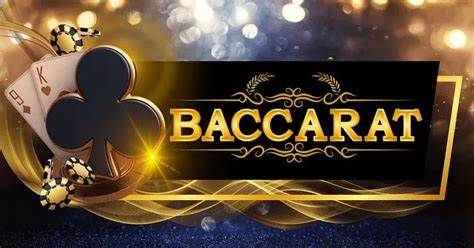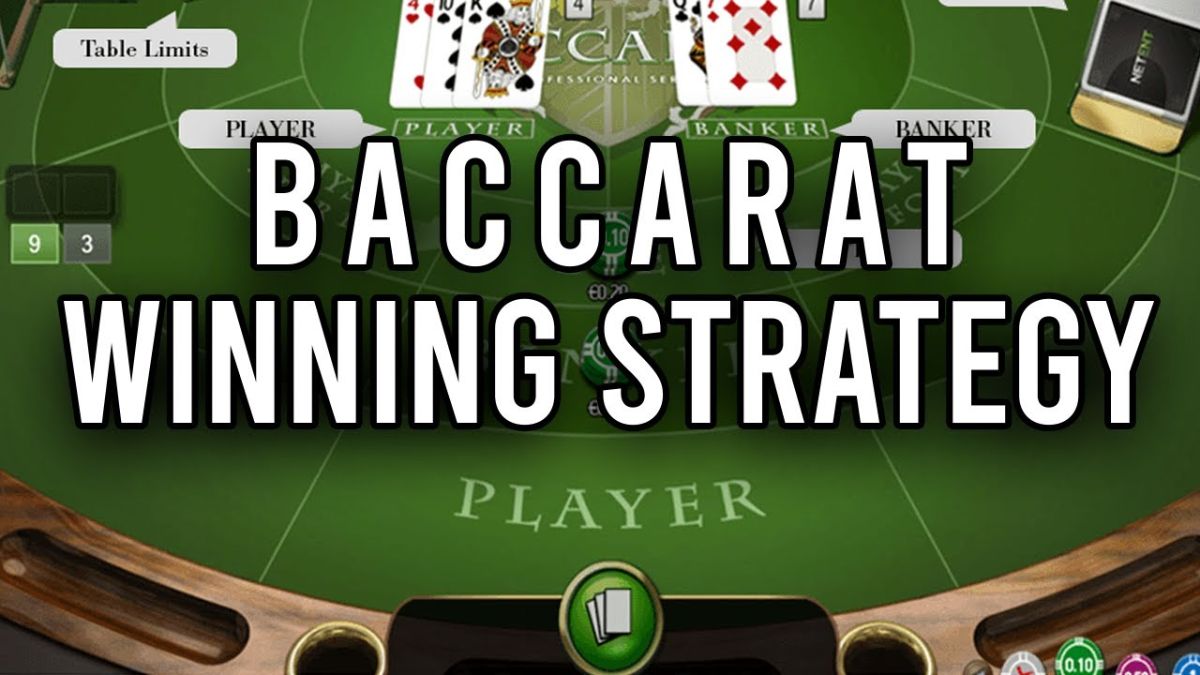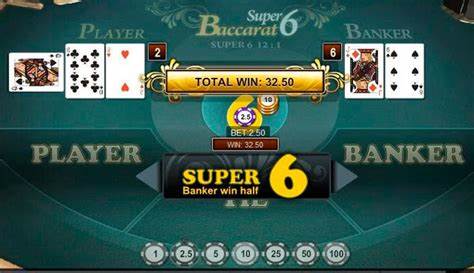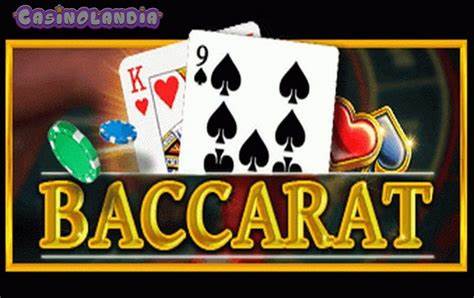Understanding Baccarat and Its Appeal in Betso88
Introduction
Baccarat is a classic card game that has been a staple in casinos worldwide for centuries. Renowned for its straightforward gameplay and low house edge, it attracts both novice and seasoned gamblers. This article explores the origins, rules, and strategies of baccarat, shedding light on why it remains a favored choice among casino enthusiasts.talkSPORT+7BetMGM Casino+7Encyclopedia Britannica+7talkSPORT+2talkSPORT+2talkSPORT+2


Historical Background
The origins of baccarat are somewhat debated, but it is widely believed to have originated in Italy during the 15th century before gaining popularity in France. The game's name is derived from the Italian word "baccara," meaning zero, referencing the zero value assigned to tens and face cards. Over time, baccarat evolved into various forms, with "Punto Banco" being the most prevalent in modern casinos. The Venetian Las Vegas+2Encyclopedia Britannica+2Wikipédia, l'encyclopédie libre+2crescent.edu
Objective of the Game
The primary goal in baccarat is to bet on the hand that will have a total value closest to nine. Players can wager on the "Player" hand, the "Banker" hand, or a "Tie" between the two. Masters of Games+5Cache Creek Casino+5BetMGM Casino+5BetMGM Casino+1Wikipedia+1
Card Values and Dealing
Card Values:
Aces are worth 1 point.The Venetian Las Vegas
Cards 2 through 9 are worth their face value.
Tens, Jacks, Queens, and Kings are worth 0 points.
Dealing Process:
Two cards are dealt to both the Player and Banker hands.The Venetian Las Vegas+4Wikipedia+4Macao News+4
If either hand totals 8 or 9 (a "natural"), no further cards are drawn.Cache Creek Casino+1Macao News+1
If not, a third card may be drawn based on specific rules.
Third Card Rules
The decision to draw a third card follows predetermined rules:
Player's Hand:
If the total is 0-5, the Player draws a third card.
If the total is 6 or 7, the Player stands.
Banker's Hand:
The Banker draws or stands based on the Player's third card and the Banker's current total. These rules are more complex and are typically managed by the dealer.
Betting Options and Payouts
Player Bet: Pays 1:1.
Banker Bet: Pays 1:1, but a 5% commission is usually charged by the house due to the Banker's slight advantage.
Tie Bet: Typically pays 8:1 or 9:1, though it has a higher house edge. The Venetian Las Vegas+1talkSPORT+1
House Edge
Baccarat offers one of the lowest house edges among casino games:es.wikipedia.org+3talkSPORT+3talkSPORT+3
Banker Bet: Approximately 1.06% house edge.Wikipédia, l'encyclopédie libre
Player Bet: Approximately 1.24% house edge.
Tie Bet: Significantly higher house edge, making it less favorable for players. The Venetian Las Vegas
Strategies and Tips
While baccarat is largely a game of chance, players can consider the following strategies:
Bet on the Banker: Statistically, the Banker bet wins slightly more often, making it a favorable choice despite the commission.talkSPORT
Avoid the Tie Bet: Due to its high house edge, betting on a tie is generally not advisable.BetMGM Casino
Manage Your Bankroll: Set limits and adhere to them to ensure responsible gambling.talkSPORT
Understand the Rules: Familiarity with the game's rules enhances the playing experience and aids in making informed decisions.
Conclusion
Baccarat's blend of simplicity, low house edge, and aura of sophistication contribute to its lasting popularity in casinos worldwide. Whether you're a novice or an experienced gambler, understanding the game's rules and strategies can enhance your enjoyment and potential success at the baccarat table.



